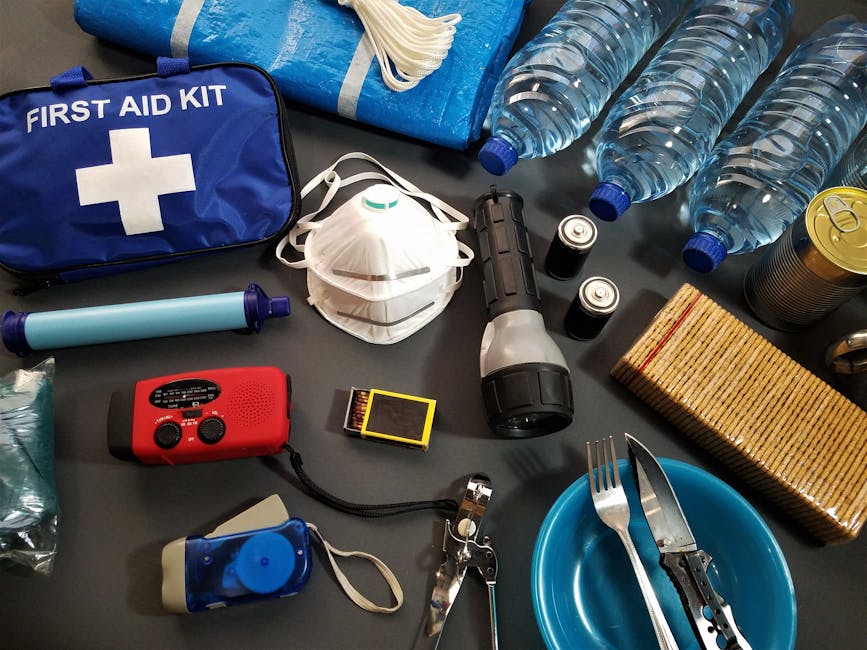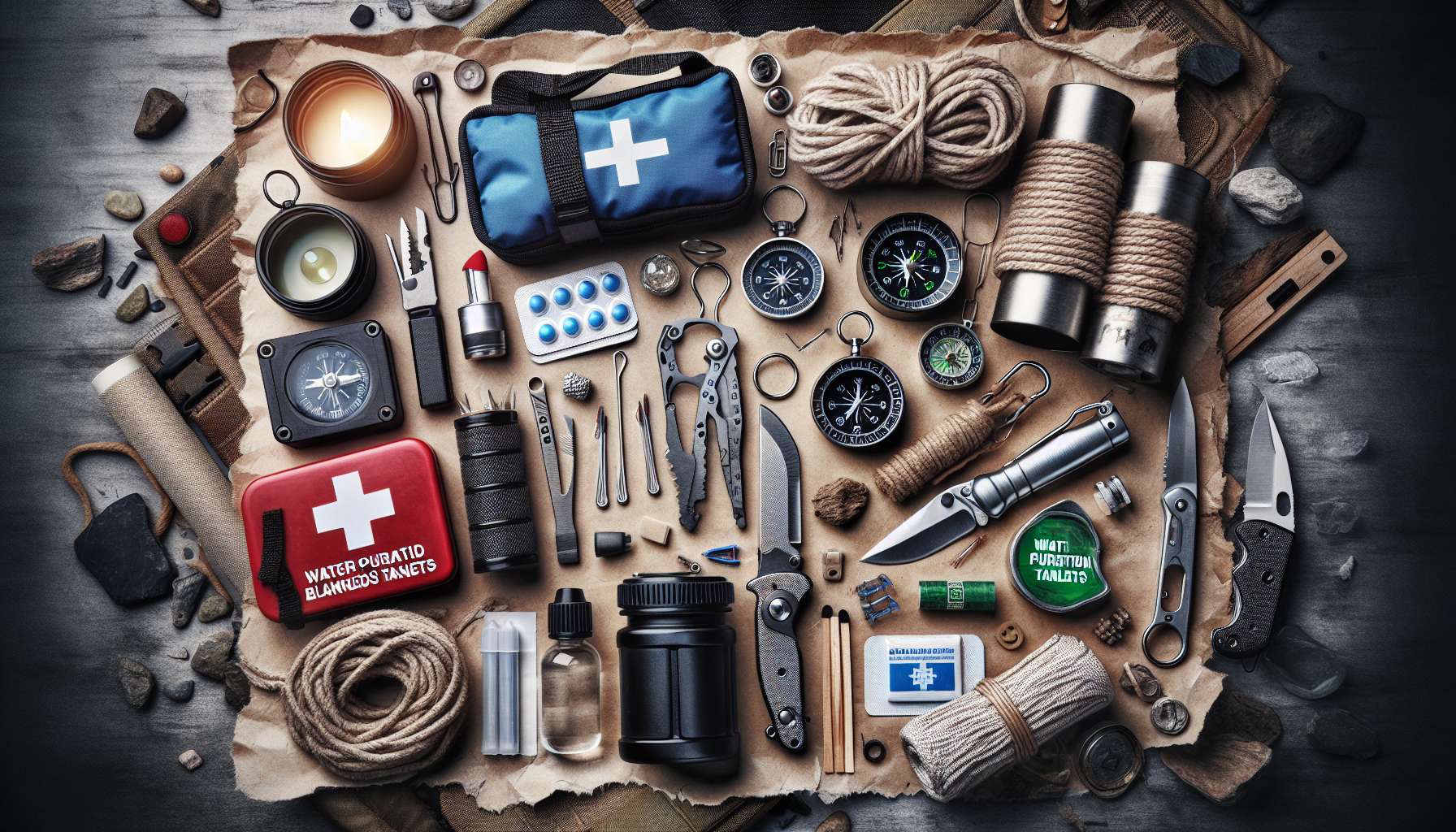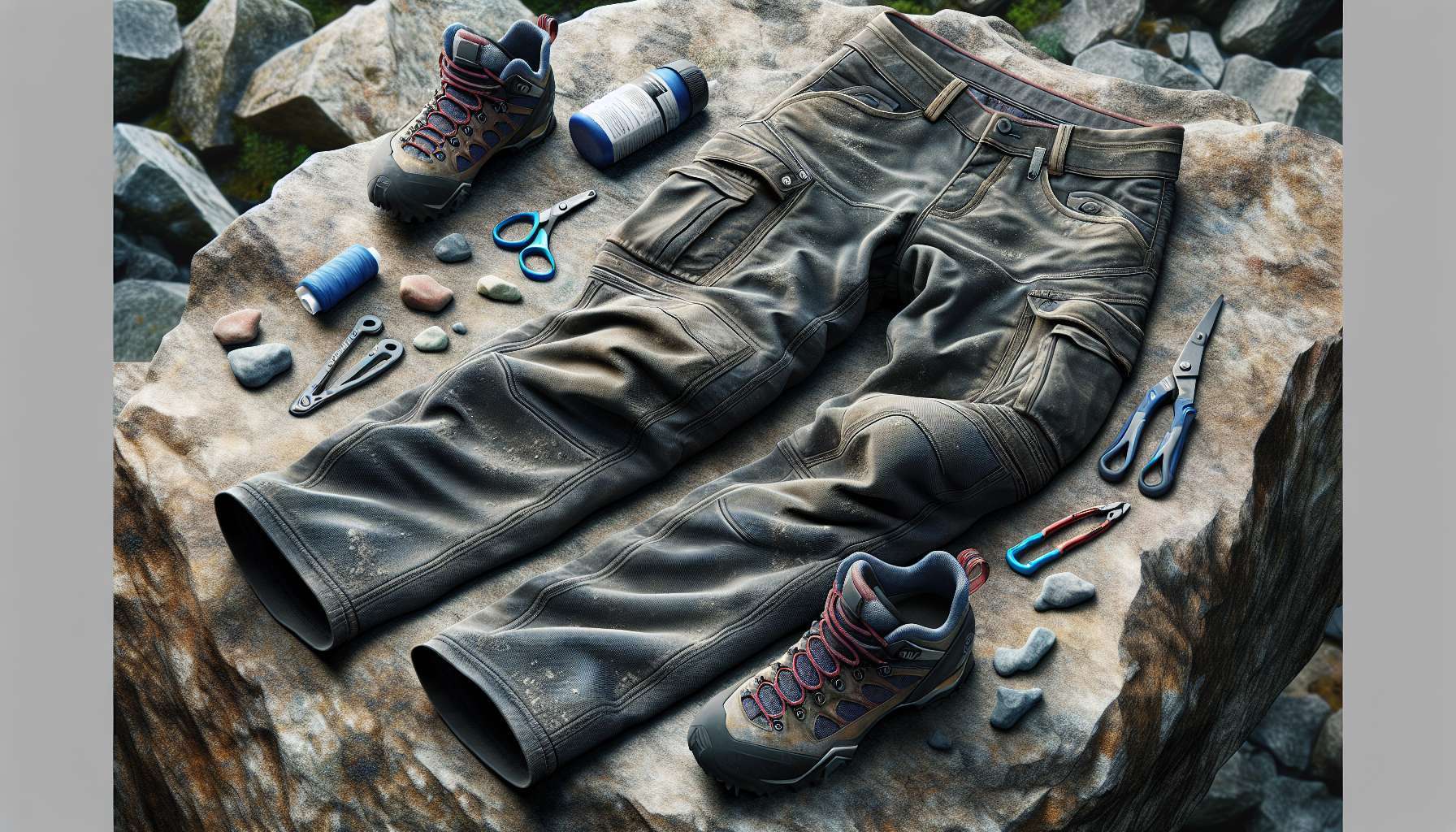The Ultimate Guide to Survival Kits
Imagine finding yourself in a sudden emergency situation, whether it be a natural disaster, a car breakdown in a remote area, or being lost in the wilderness. In times like these, having a well-prepared survival kit can mean the difference between life and death. Survival kits are essential tools that help individuals and families navigate through challenging circumstances by providing necessary supplies for survival, first aid, communication, and more.
What Are Survival Kits?
Survival kits, also known as emergency kits or bug-out bags, are a collection of items and supplies essential for survival in emergency situations. These kits are carefully curated to provide individuals with the necessary tools to sustain themselves until help arrives or until they can reach safety. They typically include items such as food, water, shelter, first aid supplies, communication devices, and tools for navigation and signaling.
The History of Survival Kits
The concept of survival kits dates back to ancient times when travelers and explorers would carry items such as flint for starting fires, knives for hunting and protection, and rudimentary first aid supplies. In modern times, survival kits have evolved to include a more comprehensive range of items, thanks to advancements in technology and a better understanding of emergency preparedness.
During World War II, military forces began issuing survival kits to soldiers, pilots, and sailors to help them survive in the event of a crash landing or other emergencies. These kits included items such as water purification tablets, emergency rations, signaling mirrors, and first aid supplies. The success of these kits in saving lives and increasing survival rates led to their widespread adoption in civilian settings as well.
The Components of a Survival Kit
Survival kits can vary in size and contents depending on the specific needs of the individual or group using them. However, there are some essential items that are commonly found in most survival kits:
1. Food and Water
One of the most critical components of a survival kit is food and water. It is essential to have non-perishable food items such as energy bars, canned goods, and dried fruits that can provide sustenance for several days. Water is equally important, and it is recommended to have at least one gallon of water per person per day for drinking and sanitation purposes.
2. Shelter
Shelter is another crucial aspect of survival, especially in extreme weather conditions. Survival kits often include items such as emergency blankets, tents, or tarps to provide protection from the elements and maintain body temperature.
3. First Aid Supplies
First aid supplies are essential for treating injuries and preventing infections in emergency situations. A well-stocked first aid kit should include bandages, antiseptic wipes, pain relievers, tweezers, scissors, and other basic medical supplies.
4. Communication Devices
In emergency situations, communication is key to seeking help and coordinating with others. Survival kits may include items such as a whistle, signaling mirror, flashlight, and a portable radio to communicate with rescue teams or other individuals.
5. Tools and Equipment
Survival kits often contain a variety of tools and equipment to help individuals navigate through challenging situations. These may include a multi-tool, a fire starter, a compass, a map, a flashlight, and rope for various survival tasks.
Types of Survival Kits
There are several types of survival kits designed for specific scenarios and environments. Some of the most common types include:
1. Wilderness Survival Kits
Designed for outdoor enthusiasts, hikers, and campers, wilderness survival kits are equipped with items that can help individuals survive in remote and rugged environments. These kits often include items for shelter building, water purification, and wilderness navigation.
2. Urban Survival Kits
Urban survival kits are tailored for emergency situations in urban environments, such as power outages, natural disasters, or civil unrest. These kits may include items for personal protection, communication devices, and tools for navigating through urban landscapes.
3. Vehicle Survival Kits
Vehicle survival kits are designed to help individuals in the event of a car breakdown or emergency while on the road. These kits typically include items such as jumper cables, a tire repair kit, emergency flares, and basic tools for vehicle repairs.
The Importance of Survival Kits
Having a well-prepared survival kit is crucial for individuals and families to stay safe and secure during emergencies. Here are some reasons why survival kits are essential:
1. Preparedness
Survival kits help individuals be prepared for unexpected emergencies and disasters. By having essential supplies readily available, individuals can respond quickly and effectively to challenging situations without panicking.
2. Self-Reliance
Survival kits promote self-reliance by empowering individuals to take control of their safety and well-being in emergency situations. Having the necessary tools and supplies can help individuals overcome obstacles and survive until help arrives.
3. Peace of Mind
Knowing that you have a well-stocked survival kit can provide peace of mind in uncertain times. In the event of an emergency, having essential supplies at hand can alleviate stress and anxiety, allowing individuals to focus on survival and safety.
4. Increased Survival Rates
Studies have shown that individuals with access to survival kits have higher chances of survival in emergency situations compared to those without. Having the right tools and supplies can make a significant difference in how individuals navigate through challenging circumstances and increase their chances of survival.
Expert Opinions
We reached out to survival experts and emergency preparedness professionals to get their insights on the importance of survival kits. Here’s what they had to say:
John Smith, Wilderness Survival Instructor:
“Having a well-prepared survival kit is essential for anyone venturing into the wilderness. It can mean the difference between life and death in emergency situations where help may be hours or even days away. I always recommend my students to carry a well-stocked survival kit with them on their outdoor adventures.”
Dr. Emily Jones, Emergency Preparedness Specialist:
“As an emergency preparedness professional, I cannot stress enough the importance of having a survival kit at home, in your car, or at your workplace. In times of crisis, having essential supplies readily available can make a significant difference in how you and your loved ones navigate through emergencies.”
Common Misconceptions About Survival Kits
There are several misconceptions about survival kits that may prevent individuals from preparing adequately for emergencies. Here are some common myths debunked:
Myth: Survival kits are only for extreme survivalists.
Reality: Survival kits are for everyone, regardless of their outdoor skills or survival experience. Having a well-prepared survival kit is essential for anyone who wants to be prepared for emergencies.
Myth: I don’t need a survival kit because I have a cell phone.
Reality: While a cell phone can be a valuable tool in emergencies, it may not always work in remote areas or during natural disasters. Having a survival kit with communication devices can provide an additional layer of safety and security.
Myth: Survival kits are expensive and unnecessary.
Reality: Survival kits are available in a range of prices and can be customized to fit individual needs and budgets. Investing in a basic survival kit is a small price to pay for the peace of mind and security it provides in emergency situations.
FAQs About Survival Kits
Q: How often should I update my survival kit?
A: It is recommended to review and update your survival kit every six months to ensure that all supplies are current and in good condition. Check expiration dates on food and water, replace batteries in electronic devices, and add any new items that may be necessary.
Q: What should I do if I need to use my survival kit?
A: If you find yourself in an emergency situation and need to use your survival kit, stay calm and assess your surroundings. Follow the instructions provided in your kit for using the supplies and tools effectively. If possible, contact emergency services for assistance.
To Wrap Things Up
Survival kits are essential tools that help individuals and families navigate through emergencies and disasters. By having a well-prepared kit with essential supplies and tools, individuals can increase their chances of survival and stay safe in challenging situations. Whether you are an outdoor enthusiast, a city dweller, or a frequent traveler, having a survival kit is a wise investment in your safety and well-being. Remember, it’s better to be prepared and never have to use your survival kit than to be caught unprepared in an emergency.

Stay safe, stay prepared, and always be ready for whatever challenges life may throw your way.

Remember, in times of crisis, being prepared can make all the difference. So, take the time to assemble your survival kit, customize it to fit your needs, and keep it in a readily accessible location. Your safety and well-being are worth the effort.




